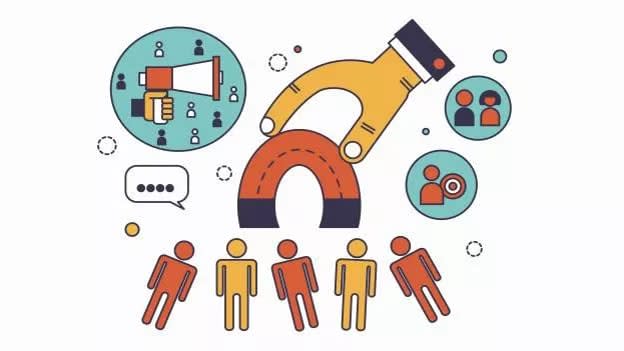How organisations are elevating their value propositions in tune with the changing needs?

The pandemic has been a game-changer as far as the relationship between people and their work is concerned. Giving people the time to pause and reflect on their careers, the pandemic has triggered a collective reassessment of what exactly they want from work. This, in fact, gave rise to the “Great Resignation” with more than 4.5 million people in the United States leaving their jobs in November 2021, as per Gartner.
With changing employee expectations, good pay isn’t everything to attract and retain talent. Employees desire a strong connection with the company and a sense of belonging. As a result, employers are turning towards employee value propositions (EVP) through policies and initiatives that culminate in creating exceptional employee experiences.
Perception towards employee value proposition needs to change
Attraction challenges, constant engagement and the human crises brought about by the pandemic have shown that conventional EVPs no longer work. Revolving around 3 principles that are aimed to provide exceptional employee experience, are defined around employees and strive to match up to employee needs with necessary features, the traditional EVPs value proposition is falling short in many ways. Here are some signs of the weakness creeping into traditional EVP:
- Talent Attraction: As per a Gartner research involving 5,000 employees and 85 HR leader interviews on employee value proposition practices, challenges and solutions, only 29 per cent of functional leaders have agreed that they have all the required talent to meet present performance requirements.
- Talent Engagement: When it comes to employee engagement, it has remained more or less flat since 2016.
- EVP Satisfaction: In the same research, Gartner reported that only 31 per cent of HR managers believe employees have no issues with the EVP and 65 percent of candidates report they have actually quit a hiring process because of an unattractive EVP.
HR leaders are coming to realise that it is the need of the hour to embrace the “human connection”, an EVP that’s more focused on the human deal around the person. The EVP model needs to make employees feel more understood, invested, autonomous, valued and cared for.
How EVPs are being turned more human centric
For employees to feel a strong connection and sense of belonging with the organisation, it is important to let go of the employer-employee relationship and foster a sentiment of ‘partner-in-growth’. Here are some of the key actions being taken by companies to build a new human-centric EVP:
Building an inclusive and equitable workforce
Technology can be a significant driver to build an inclusive and equitable workforce. By leveraging digital platforms, companies are elevating business productivity by reshaping employee engagement. For example, by providing flexible working options enabled through technology and underpinned by insights from AI, organisations are able to reach new groups and demographics who are eager to work and earn, but during short or non-conventional hours, due to parental or childcare requirements. By reaching out to a more diverse group and creating an inclusive environment, companies are able to significantly strengthen their culture.
Focusing on holistic well-being
Today’s employees are likely dealing with internal and external stressors which can affect their health, productivity and family stability. Over the recent past, numerous organisations have invested significantly in employee wellness and a new trend of technology-enabled wellness has emerged. Built with AI capabilities, tech tools are assisting HR leaders to understand employee behaviours and how they change over time while optimising and reinforcing healthy behaviours. Some companies are using AI-powered solutions to analyse content, text and communication patterns or text conversations while protecting employees' privacy. This helps to measure morale in real-time so that corresponding action can be quickly, instead of depending on annual surveys.
Encouraging learning and development
In today’s business environment, continuous learning and development are the keys to success. That’s also the reason why most companies are investing heavily in training and development programs. Cutting-edge technology based immediate response systems allows course mentors or instructors to provide real-time feedback, informing employees of where they are going Gamification is a concept that’s quickly gaining popularity in learning and development. Gameplay incorporates setting milestones and motivating checkpoints within the course material; it also improves knowledge retention. wrong, what's the better way to do it and which actions deserve commendation. This enables employees to learn new skills and develop capabilities which add to their versatility and motivation.
Final words
As time goes on and employees retire or move to the next opportunity, it is essential to revisit the EVP and alter it accordingly. Regularly checking with the employees to make sure that the EVP still reflects the reality of the workforce and aligns with the vision and mission of the company is also vital.
















